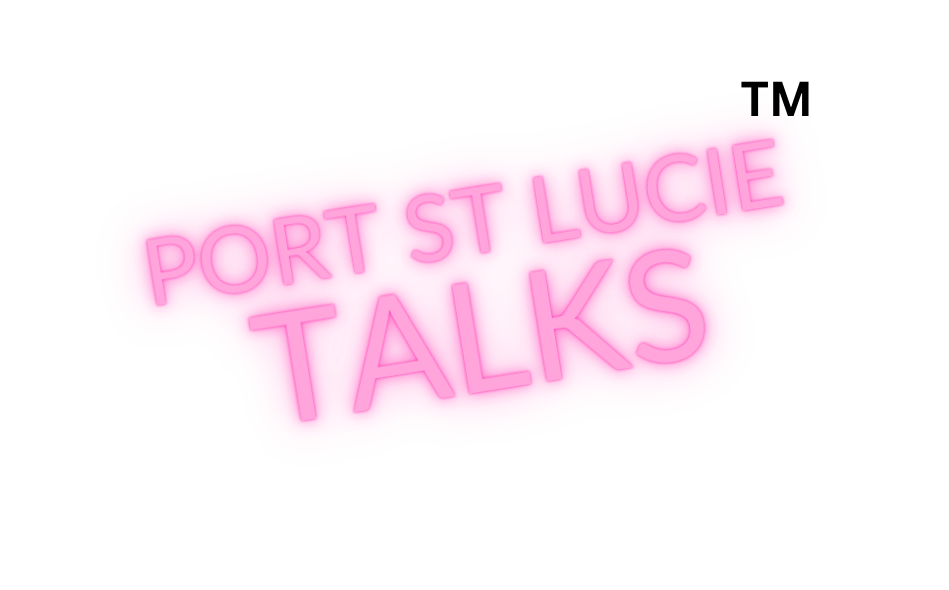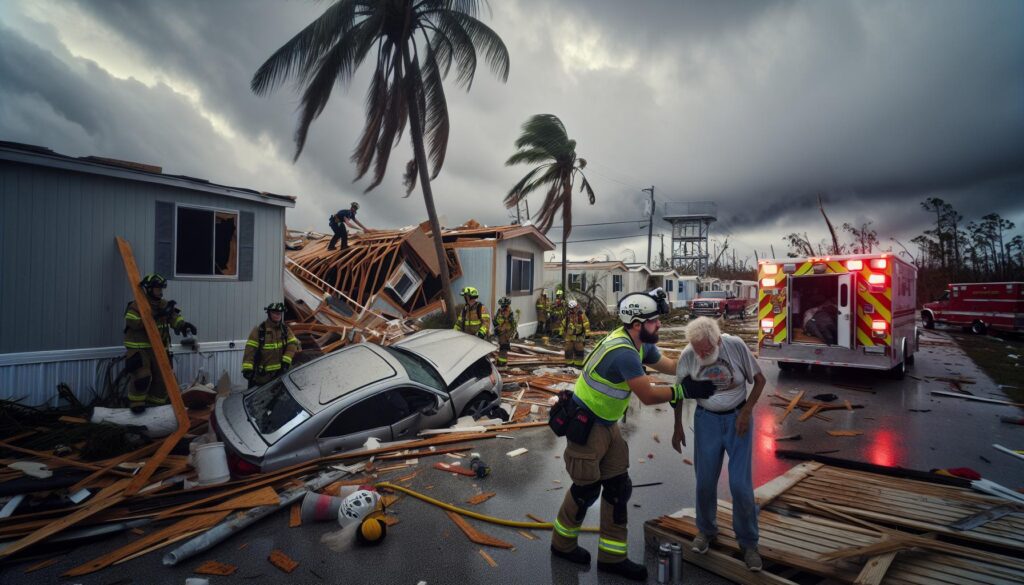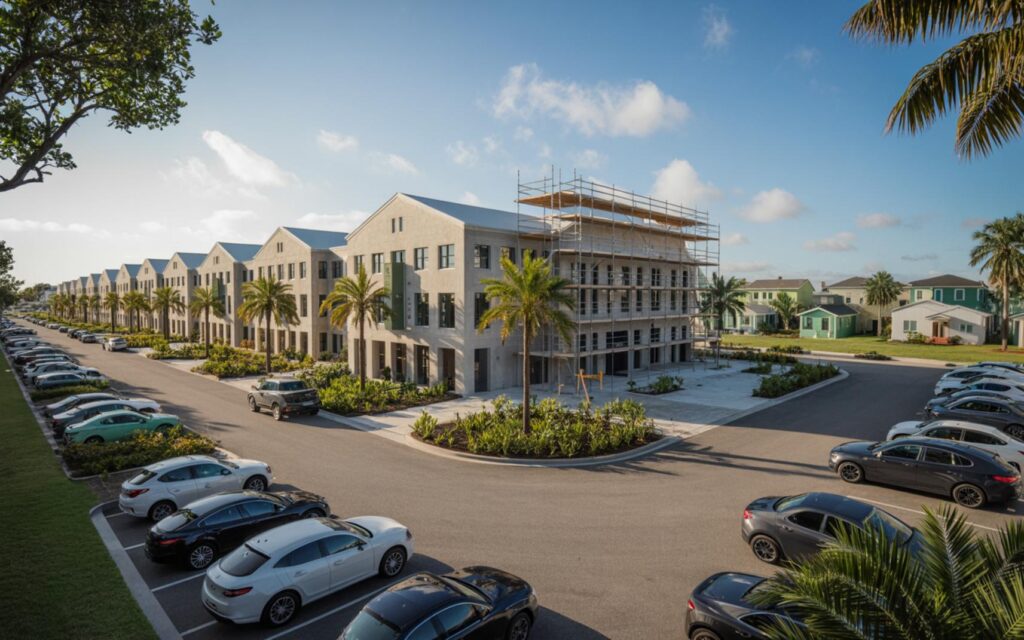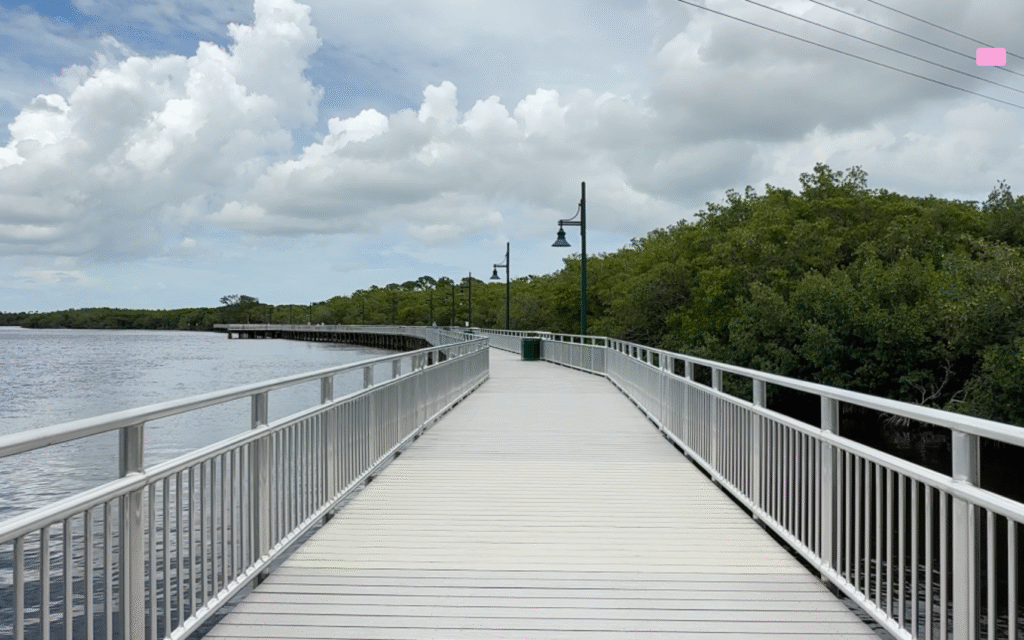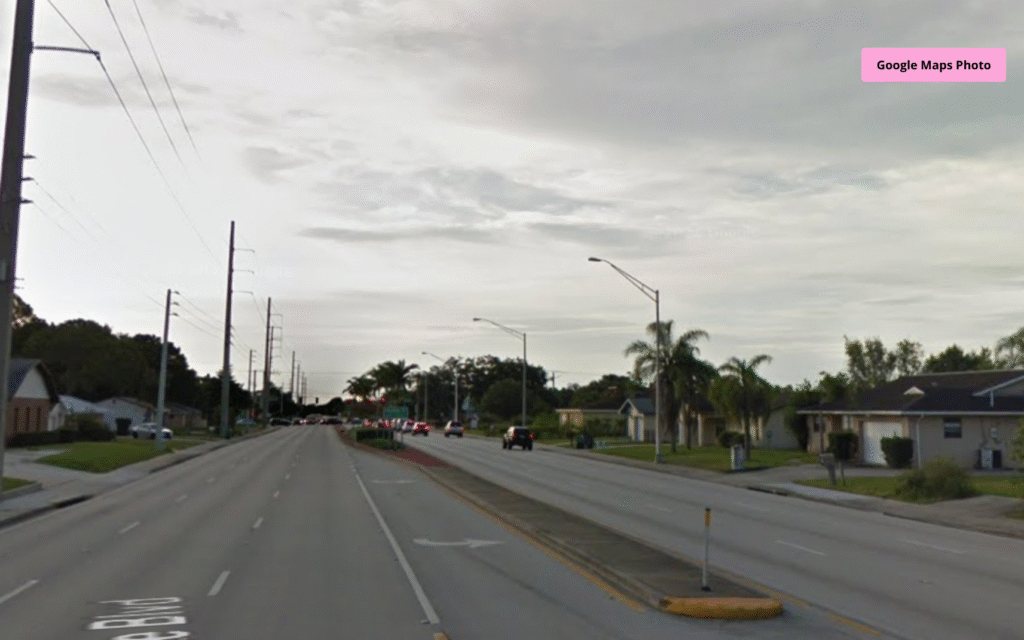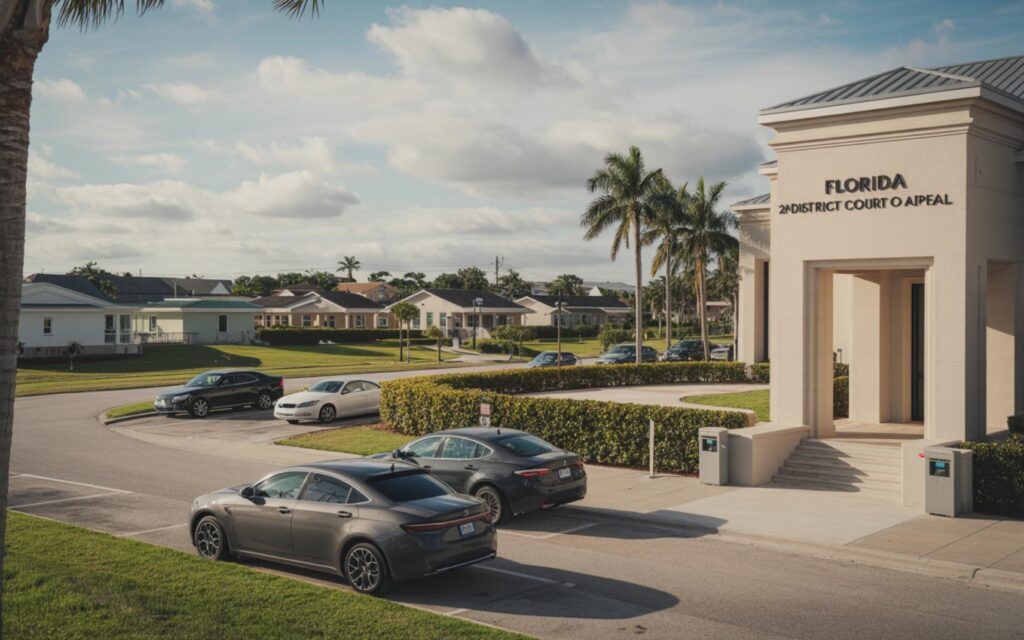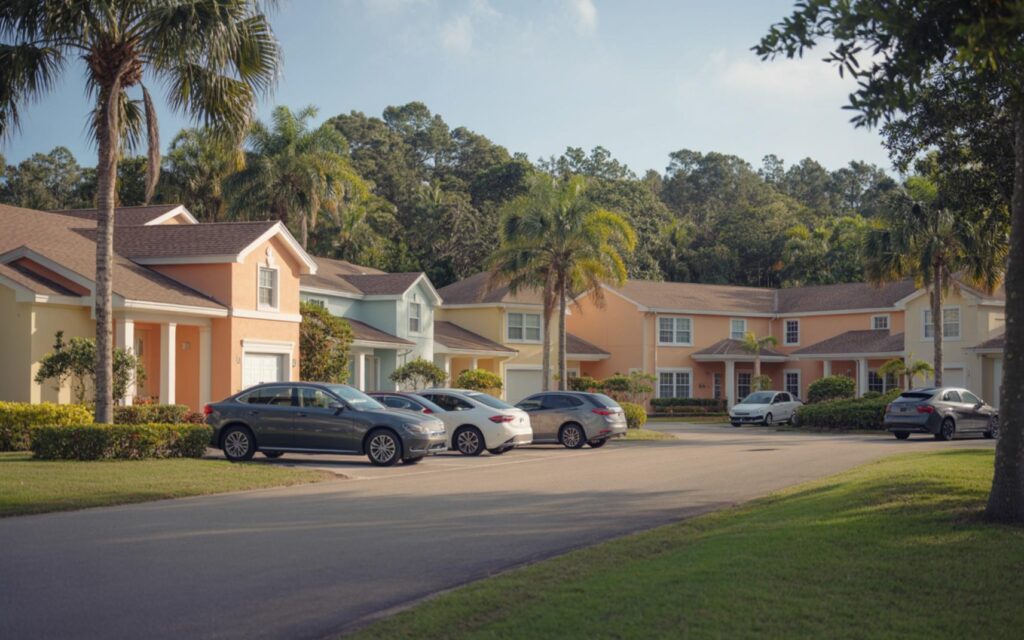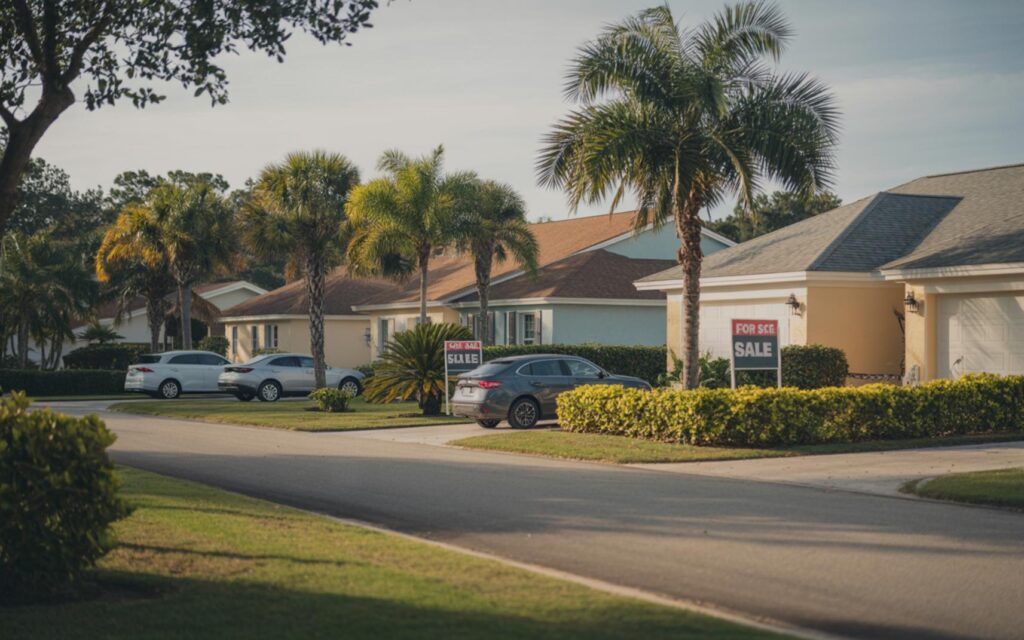Hurricane Milton tornado outbreak brought historic devastation to the Treasure Coast and other regions of Florida in October 2024, marking one of the most significant weather disasters in recent state history. The event combined hurricane-force winds, record rainfall, and a rare tornado outbreak, leading to widespread damage and challenging recovery efforts.
Hurricane Milton Tornado Outbreak: Key Facts and Impact
The Hurricane Milton tornado outbreak began as the storm made landfall in Florida on October 9, 2024. According to the National Weather Service and Florida Division of Emergency Management, Hurricane Milton was a Category 3 hurricane at landfall, though it previously reached Category 5 intensity over open water. The storm’s outer bands generated 46 confirmed tornadoes across Florida between October 8 and 9.
Officials reported that at least three tornadoes reached EF3 intensity, with wind speeds between 136 and 165 mph. The most severe tornado impacts were documented in Lakewood Park-Vero Beach and Wellington, areas that experienced significant structural damage and power outages.
Regions Affected by the Hurricane Milton Tornado Outbreak
The Treasure Coast, including St. Lucie County and surrounding areas, saw a concentration of tornado activity. According to preliminary reports from the National Weather Service, tornadoes also touched down in the Florida Heartland and other parts of central and southern Florida. The combination of tornadoes, hurricane winds, and heavy rainfall led to extensive property loss and disruption of essential services.
Six deaths and approximately 30 injuries were attributed to the tornado outbreak, as reported by state emergency management agencies. Rainfall totals reached up to 20 inches in some locations, and storm surges peaked at 10 feet above ground level along certain coastal areas.
Economic and Infrastructure Damage
According to official estimates, Hurricane Milton caused approximately $34.3 billion in total damages. This figure places Milton among the costliest Atlantic hurricanes on record. Flooding, wind damage, and tornado destruction led to widespread infrastructure failures, including downed power lines, damaged roads, and loss of emergency services in affected communities.
Local authorities and utility companies reported prolonged outages and challenges in restoring basic services. The Treasure Coast’s geography and population density contributed to the high level of damage and disruption.
Response and Recovery Efforts
Recovery efforts began immediately after the hurricane and tornado outbreak. According to the Federal Emergency Management Agency (FEMA) and the Florida Division of Emergency Management, federal and state agencies provided significant financial assistance for emergency relief and reconstruction.
Restoration of infrastructure, emergency housing, and power grids became priorities for local governments. Efforts are ongoing to improve storm-resistant housing and clarify insurance coverage for future disasters, as officials work to reduce vulnerability to similar events.
Meteorological Factors Behind the Tornado Outbreak
Meteorologists from the National Weather Service reported that a combination of high atmospheric instability, strong wind shear, and abundant moisture from Hurricane Milton’s outer bands created ideal conditions for tornado formation. The outbreak was notable for both its intensity and the number of strong tornadoes associated with a single tropical cyclone.
Experts highlight that such tornado outbreaks during hurricanes are rare, especially with multiple EF3 tornadoes occurring within a short period. The event surpassed previous records for hurricane-spawned tornadoes in Florida.
Challenges for Disaster Management
Disaster management professionals from state and federal agencies emphasized the unique challenges of responding to simultaneous hurricane and tornado impacts. The event occurred less than two weeks after another major hurricane, which compounded difficulties for emergency response and recovery operations.
Officials noted the need for improved early warning systems and community preparedness, especially for compound weather events that can overwhelm local resources.
Retirement of the Name “Milton” and Hurricane Season Context
Due to the storm’s severity, the World Meteorological Organization retired the name “Milton” from the official list of Atlantic hurricane names. The 2024 hurricane season was marked by high activity and multiple landfalling major hurricanes, increasing strain on disaster response agencies throughout Florida.
According to official sources, the sequence of storms and the historic tornado outbreak from Hurricane Milton have prompted reviews of emergency management protocols and infrastructure resilience standards statewide.
Frequently Asked Questions About Hurricane Milton Tornado Outbreak
What was the Hurricane Milton tornado outbreak?
The Hurricane Milton tornado outbreak refers to a series of 46 tornadoes that struck Florida between October 8 and 9, 2024, as Hurricane Milton made landfall. The event caused significant damage, particularly on the Treasure Coast and in parts of central and southern Florida.
How much damage did Hurricane Milton cause in Florida?
According to official estimates, Hurricane Milton caused approximately $34.3 billion in total damages. This includes destruction from hurricane winds, flooding, and tornadoes across multiple regions.
Are tornado outbreaks common during hurricanes in Florida?
Tornado outbreaks can occur during hurricanes, but the scale of the Hurricane Milton tornado outbreak was unusual. The number and intensity of tornadoes, including several rated EF3, set new records for Florida.
Can you explain why the Treasure Coast was especially affected?
The Treasure Coast experienced concentrated tornado activity due to the path of Hurricane Milton’s outer bands. The region’s geography and population density contributed to the high level of damage and disruption.
Where are the most severe impacts from Hurricane Milton’s tornadoes documented?
The most severe impacts from Hurricane Milton’s tornadoes were reported in Lakewood Park-Vero Beach and Wellington. These areas experienced EF3 tornadoes, resulting in significant property damage and power outages.
